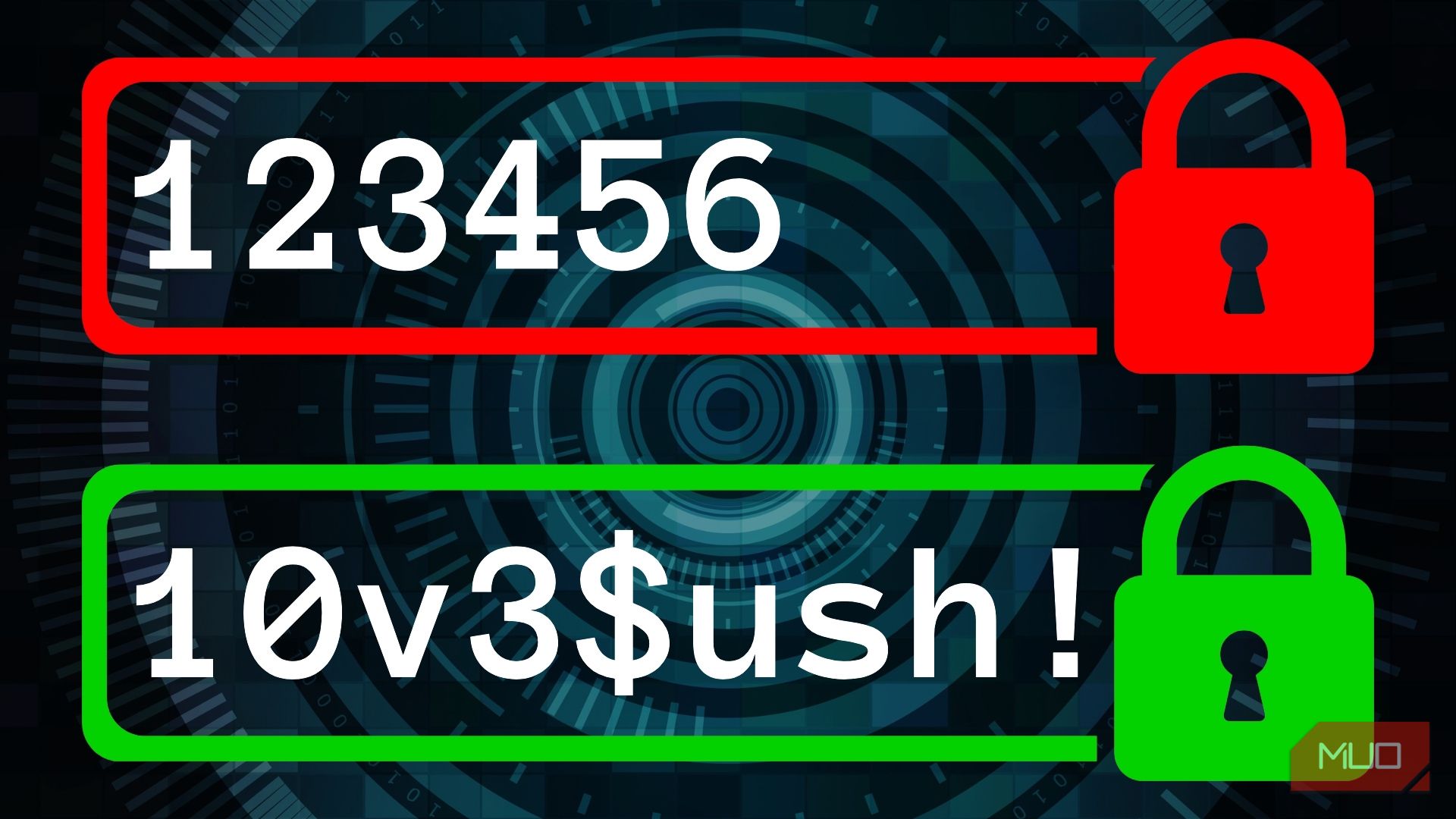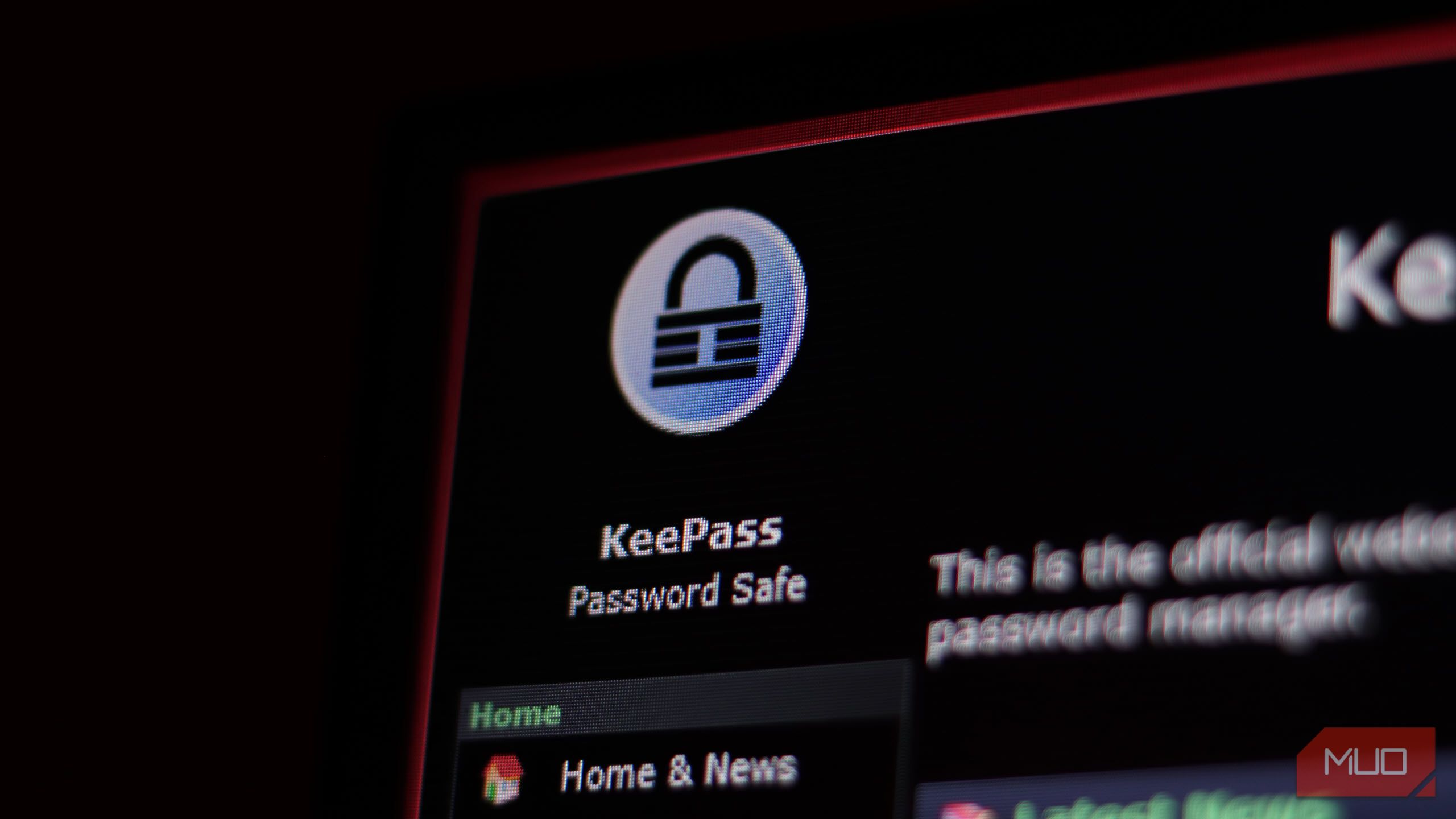Creating a strong password is one of the first lessons we learn when entering the digital world. We’re often told that mixing uppercase letters, numbers, and special characters can keep our accounts safe. While that’s good advice, it’s important to realize that even the strongest passwords aren’t foolproof.
What Makes a Password “Strong”?
A strong password usually includes a combination of letters, numbers, symbols, and uppercase and lowercase characters. The idea is to create something difficult to guess or crack through brute force (trying random combinations). Typically, longer passwords (12+ characters) are considered stronger because they exponentially increase the number of possible combinations an attacker must attempt. However, I’d suggest aiming for 16 characters, which massively increases the difficulty of someone attempting to guess your password.
Using a password manager is the best way to create strong, unique passwords you don’t have to remember. We advise using NordPass, Dashlane, and Proton Pass, while Bitwarden is also a great option. In each of these password managers, you’ll need to remember one really strong password to protect your password vault, which certainly makes life easier when creating strong passwords.
6 Attacks That Even Strong Passwords Can’t Stop
However, no matter how complex your password is, it’s still vulnerable if attackers use methods that target something beyond brute force.
Phishing Attacks
Phishing is when an attacker tricks you into handing over your password. Typically, this involves fake emails or websites that look just like legitimate ones. Even if your password is “T8$9gH@!” and incredibly complex, entering it on a fake login page means attackers instantly gain access.
Unfortunately, phishing attacks are varied, so you really have to keep your eyes peeled and wits about you when you’re online or opening your email account.

Related
7 Types of Phishing Attacks You Should Know About
There are so many types of phishing attacks, and knowing how to spot them is important.
Keyloggers
Keyloggers quietly record everything you type into your device. These malicious tools can be software installed via malware or hidden hardware devices. If your device is infected, a keylogger captures your strong password as you type it, bypassing its complexity.
Thankfully, there are a few ways to check if a keylogger is installed on your device. Unfortunately, they’re not foolproof. Advanced malware will work extremely hard to remain hidden, so you may need to try several methods.
Credential Stuffing
Credential stuffing uses previously leaked passwords from data breaches. If you reuse even a strong password across multiple accounts, attackers can test leaked passwords across different platforms, gaining access even without guessing.
Now, it does require some work. It’s not exactly as simple as sitting at a login screen with a list of passwords and trying them one by one. But it highlights the issues with reusing passwords across multiple accounts: when one falls, they all fall.

Related
6 Free Tools That Check If Your Password Is Compromised
Don’t wait to find out if your password is compromised the hard way; use these tools and be proactive.
Social Engineering
Attackers exploiting social engineering tricks focus on manipulating humans rather than systems. For instance, someone pretending to be from tech support might call and convincingly request your password. Since this relies on deception, the complexity of your password doesn’t matter.
Social engineering attacks are linked to phishing, in that you may not realize you’re handing over your password until it’s too late. There are a few ways to protect against social engineering attacks, but the main protection is vigilance.
Malware and Infostealing Viruses
Malware, like Trojans and infostealers, specifically targets stored passwords or passwords entered into browsers and apps. Even encrypted passwords can sometimes be compromised if your system is infected. If you accidentally install malware on your system, you’re opening yourself up to a whole world of trouble.
The biggest difference between “old” malware and newer variants is stealth. Modern malware is designed to remain hidden, silently collecting your data for use elsewhere, such as your banking logins, social media passwords, and so on. It’s why infostealer malware has become one of the biggest issues facing the modern internet, as it steals your data but also sets you up for phishing attacks, scams, and even ransomware attacks down the line.
Shoulder Surfing or Camera-Based Attacks
Surprisingly simple yet effective, attackers can physically watch you type your password or through hidden cameras. No matter how complex your password is, visually capturing it defeats its strength instantly. A complex password is more difficult to remember or jot down quickly, but these techniques are very much in use, especially around ATMs and similar.
Protecting Yourself Beyond Strong Passwords
Creating strong passwords is important, but they’re only one layer of defense. Here’s how you can strengthen your protection even more:
- Enable Multi-factor Authentication (MFA): MFA adds an extra layer of security by requiring another verification method besides your password, such as a code sent to your phone, an email address, or an authenticator app.
- Use a Password Manager: Password managers store and autofill your passwords securely, reducing exposure to phishing sites and keyloggers.
- Stay Vigilant Against Phishing: Learn to recognize suspicious emails and messages. When in doubt, don’t click on links—type web addresses manually.
- Regularly Update Software: Keep devices and applications updated to minimize vulnerabilities that malware exploits.
- Secure Your Connection: Use VPNs on public Wi-Fi and ensure websites use HTTPS.
- Never Reuse Passwords: Use unique passwords for every account to prevent credential stuffing. If one password leaks, it won’t compromise your other accounts.
Having a strong password is essential, but it isn’t the end-all solution. By understanding the threats your passwords face, you can take steps to protect yourself. Combine robust passwords with good cybersecurity practices, and you’ll greatly reduce your risk of falling victim to these attacks.










Leave a Comment
Your email address will not be published. Required fields are marked *